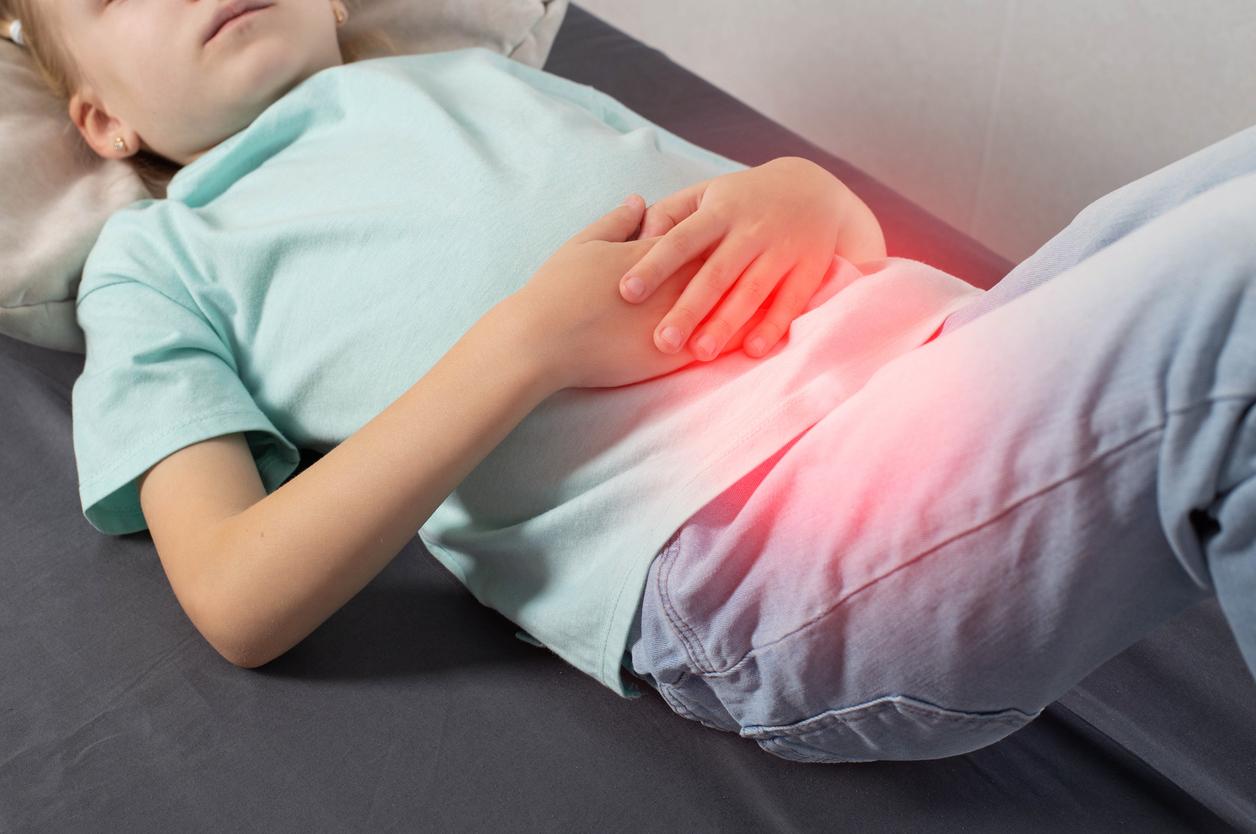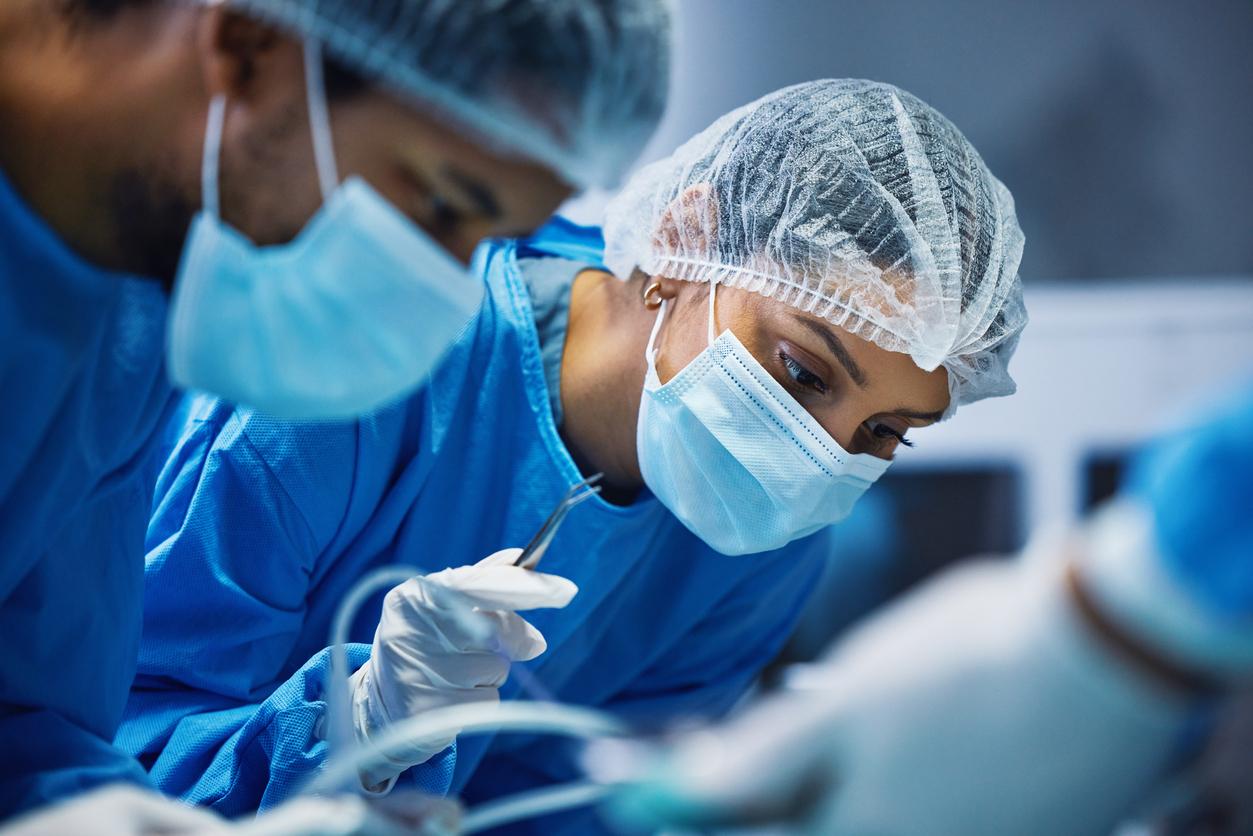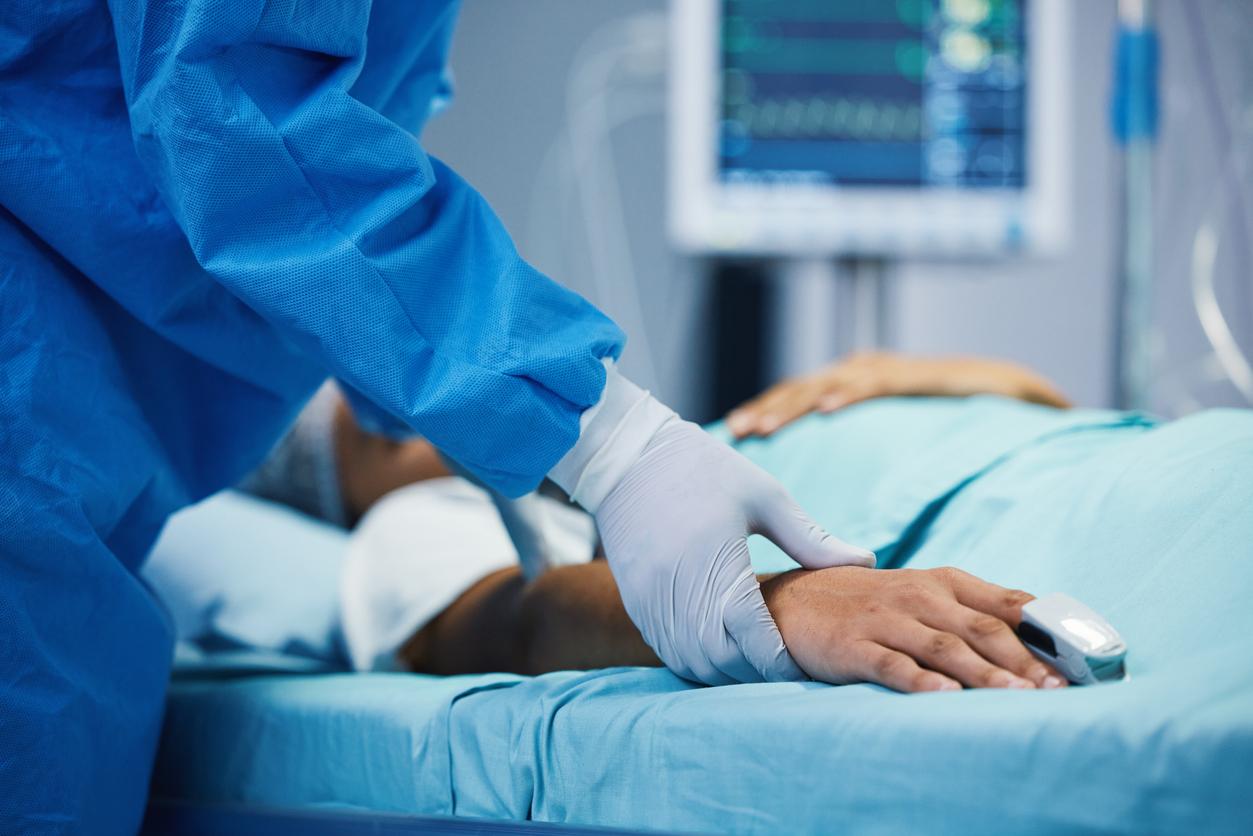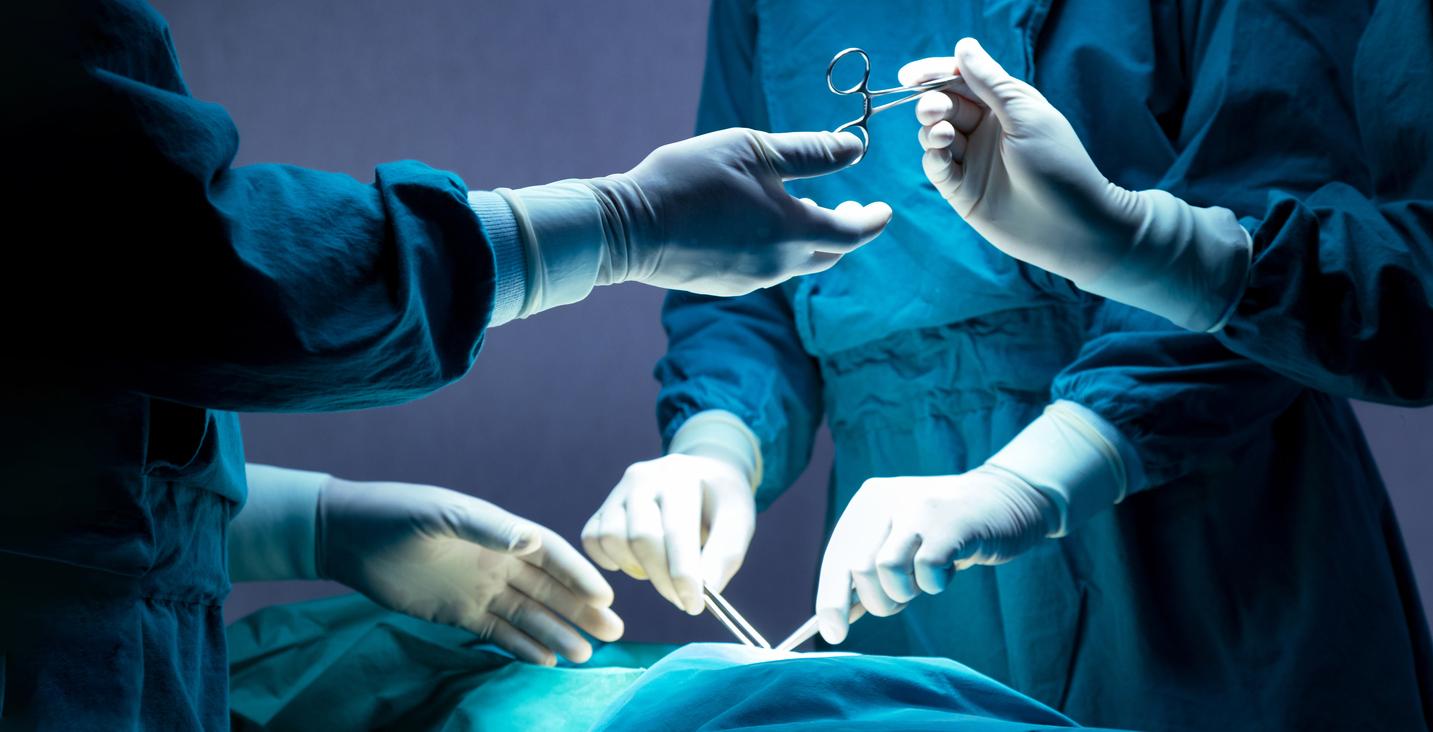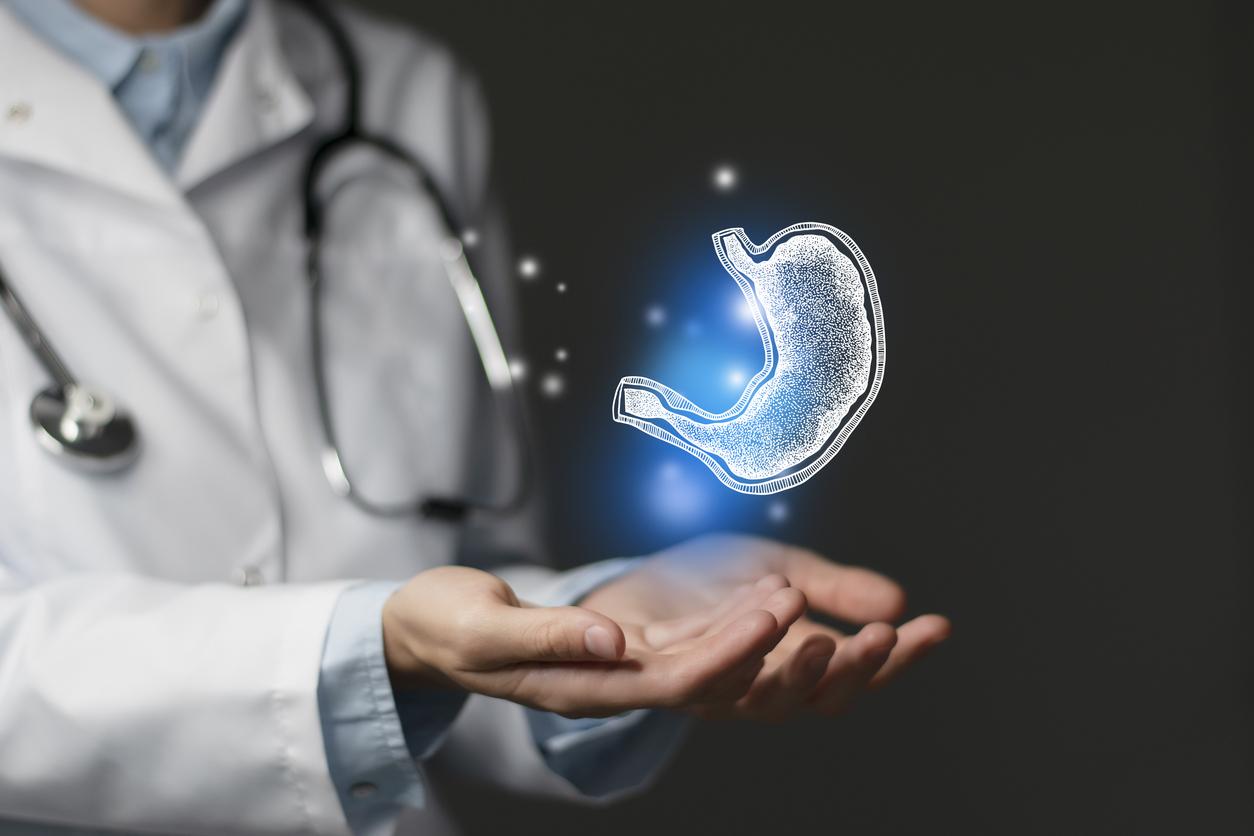An intervention under coelio
“When existing treatments have failed, surgery can be the last resort,” says Dr. Marc Fitoussi, vascular surgeon. Before the use of laparoscopy, the intervention was performed by opening the thorax. But this risky operation was performed in truly exceptional cases to combat excessive perspiration. With laparoscopy, which makes it possible to make mini incisions, it has been brought up to date. »
Operate each side separately
This much lighter operation is nevertheless performed under general anesthesia. The patient must plan for one night of hospitalization. The intervention consists of introducing a camera and instruments through two small incisions of 1 and 0.5 cm, made at the base of the armpit, to remove the part of the sympathetic nerve that controls the sweat glands of the upper limb.
“I performed my first thoracic laparoscopies at the Henri-Mondor hospital in Créteil in the 1990s, when I was head of the clinic in vascular surgery, explains our specialist. Since 1992, I have operated on nearly 1000 patients, most of whom suffered from palmar and/or axillary hyperhidrosis. This surgical procedure is always performed in two stages, each side being operated on one week apart. Since hyperhidrosis is not a serious condition, it makes sense to take as few risks as possible. However, the fact that the patient is lying on his side during the surgical act can lead to anesthetic complications when he turns over on the table. It is therefore preferable to operate each side separately.
A 10-minute intervention only
In itself, the operation, which is supported by health insurance, does not last more than ten minutes. The postoperative course is not very painful. “Sometimes there is a slight difficulty in breathing linked to the fact that we irritated the pleura by introducing the instruments into the thorax in order to reach the nerve,” continues Dr. Fitoussi. This slight pain may persist for a few days, but it yields easily under the effect of analgesics. As for perspiration, the result is immediate: the patient no longer perspires at the end of the intervention!
Few complications
Only disadvantage, but which is absolutely not foreseeable: there is sometimes a compensatory excessive sweating on the front face of the thorax or between the shoulder blades, most often. A minimal complication, compared to the initial hyperhidrosis, and generally much less troublesome. »
Half or even two-thirds of patients complain about this inconvenience in certain departments. Dr. Fitoussi, for his part, observed only 10% compensatory excessive sweating on all the people he operated on. However, it takes a smaller portion of the sympathetic nerve than do some surgeons who still respect the standards established for the old method. Colleagues proceeding in the same way as him also experience few problems.
To know
Thoracic sympathectomy by thoracic laparoscopy (thoracoscopy) is performed by surgeons for vascular surgery or thoracic surgery. Before seeing one of these surgeons, make sure they are familiar with this type of procedure. From the first consultation, have him specify the level of compensatory excessive sweating of the patients he operates on!
To find a vascular or thoracic surgeon near you: www.conseil-national.medecin.fr








